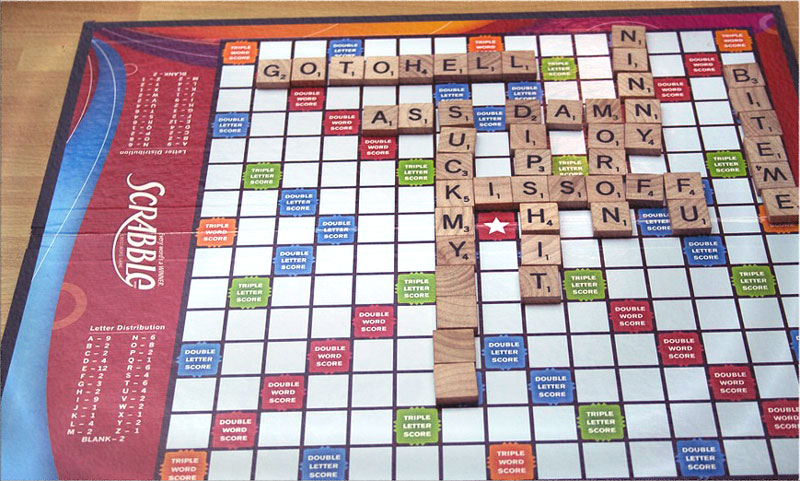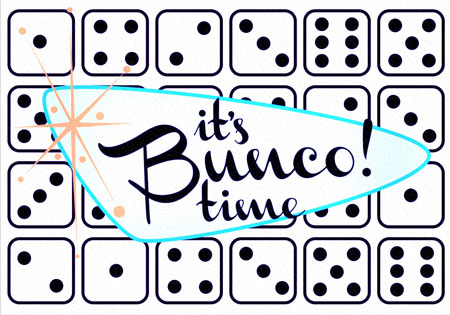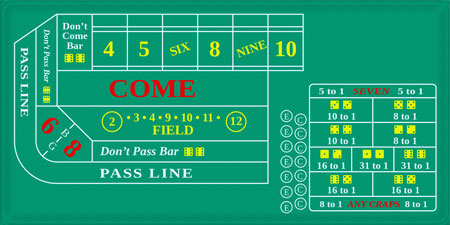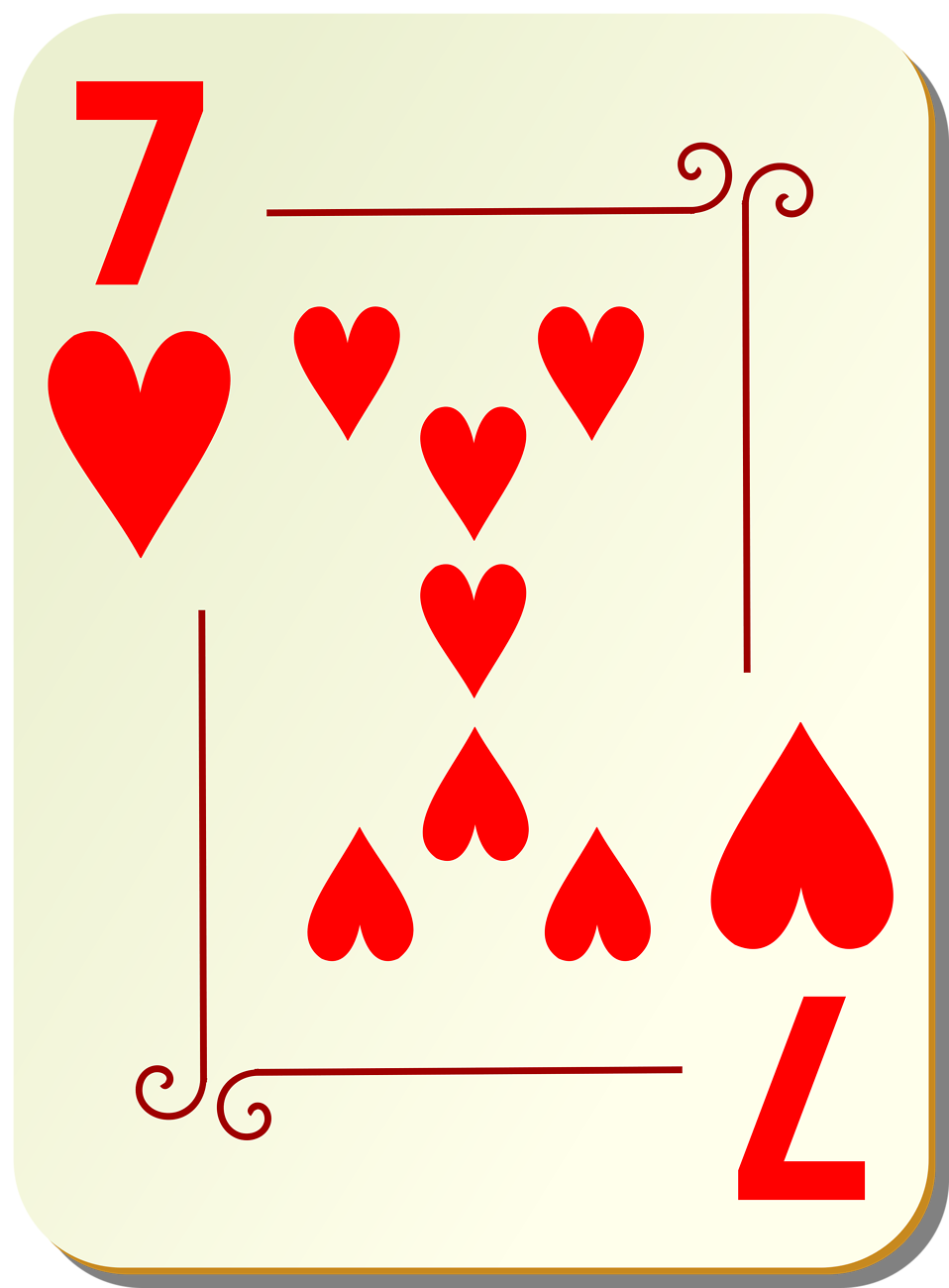
Dice are one of the oldest amusement tools of humankind. Scientists can trace their existence back to 3000 BC, but there are indices that some early forms of dice existed even prior that date. They can be found in ancient Egyptian graves, on Greek vases, even in Sanskrit epics in India. The unpredictability of the little multi-sided object fascinated men throughout ages and cultures. Therefore, they used it for so many different purposes – to have fun, to tell the fortune or to gamble.
And guess what, people still like to play with dice. So, if you ever get bored of technology and complex card games, playing dice is a good opportunity to relax, socialize and have some fun along the way.
We will now explore several most popular dice games, to see how you can use dice to entertain your friends and family, or go to a casino and even earn some money.
1. Liar’s Dice a.k.a. Pirate’s dice
Here’s a perfect suggestion to save a boring party or Sunday afternoon with friends and family. Pirates used it to avoid the boredom of sailing across the oceans playing Liar’s Dice. Well, that’s how we imagine it at least, based on the name of the game.

Luckily, you will not need a glass eye or a parrot on your shoulder to play Liar’s Dice. You will only need as many cups as there are players and 5 dice per cup. The cups should not be transparent since only you must know what is happening with your dice. You can also play without cups and roll the dice with your hands, but that’s not so comfortable, and you would break the pirate tradition!
After everyone is set and ready, everyone puts their dice in the cups, shake them vigorously and then place the cup upside-down on the table. No one should reveal the dice yet. Then, the betting starts, in a clockwise direction. The players try to guess the total number of digits, among all the dice in the game. So for example, one can say “I think there are 6 fives” or “8 fours” etc.
The only rule in betting is that every bet has to be higher (in terms of quantity of faces or the value of the faces) than the previous one. Therefore, if a player before you bet on “8 fours”, you have to either say “9 fours” (or higher) or “8 fives” etc.
The round repeats as many times you all want, until someone challenges the previous bet, calling that player a liar, claiming that bet is impossible. After this happens, the players reveal their dice, to see which one of these two players is right. If numbers and their quantity are the same or higher than the bettor suggested, he wins. If not, he loses and the player who challenged him wins. In any case, the loser will remove one dice from his collection.
The game continues until there’s only one person with dice left, and that’s the final winner.
2. 10,000 Dice a.k.a. Farkle
To play this game, you will need 6 regular dice, a pencil, and a piece of paper. And of course a nice and comfortable place and a couple of friends.
The aim of Farkle is to reach score of 10,000 points. You will throw the dice and count the points based on the numbers shown face up on the dice. Therefore, you should know how to count the points before you start playing. Here’s a brief explanation:
- 1’s count as 100 points
- 5’s count as 50 points
- Three of a kind count a hundred times the worth of the number (for example, three 5’s count as 500, three 4’s count as 400, etc.), except three 1’s, which count as 1000
- Four or more of a kind count two hundred times the worth of the number (four 4’s count as 800, etc.)
- Any three pairs count as 1000 points
- A five-dice straight (1-5 or 2-6 sequence) counts as 500
- The sequence of 6 numbers (six-dice straight, 1-6 sequence) counts as 1500
- And finally, six-of-a-kind of 1’s is the best possible combination that wins the game instantly.

The rest is very simple. For the beginning, all the players will roll the dice to see who gets the best combination. The player who scores highest gets the chance to play first. The direction of the game is, as in most dice games, clockwise.
So, once this preparation is over, the first turn can start. The player rolls all 6 dice. There are only two rules:
- It is necessary to roll at least 300 points to be able to keep the points and pass the turn to the next player
- should you roll a non-winning combination at any point, your turn ends immediately, and you lose all your points
Knowing this, you can roll several times during your turn, and it’s up to you to choose the next step. Depending on your current combination, you can either choose to write down the score and pass on the game (only if it’s more than 300) or keep on playing. If you hope to score more in the next rolls and decide to keep on, you can do it with all the dice and lose the previous points, or you can set scoring dice aside (“lock” them) and roll the rest. The risk is only to get a non-scoring combination, which will void all your previous scores and end the turn.
Once you are satisfied, you will write down your points and pass on the dice. The first player reaching 10000 points (or more) wins the game.
These are only the basics of the game, but if you begin to like Farkle, you will see that there are plenty of additional rules which can make the game even more interesting.
3. Bunco (or Bunko, Bonko)
This is another relaxing game to play during vacation. It requires 12 dice, three tables, and 12 players, organized into three groups. These groups can be named differently: Head, Middle and Losing tables, or Head, 1 and 2 tables, or something else. The point is to have tables of three different “ranks”: the highest, middle and lowest.
Each table or group has 2 teams, with 2 players sitting opposite one another. Each table gets 3 dice, and each person gets a piece of paper and a pencil.

The game’s label comes from the term Bunco, which means “win.” The aim of the game is to collect buncos. Simple as that! How to get a bunco? The serial number of the round will determine which numbers you should roll on all three dice. So, if it is the sixth round, you will have to roll three 6’s to get a bunco. In that case, you should alarm the others by yelling: “Bunco!!, and you get 21 points for this. Also, if you get only one or two of the required numbers, each counts as 1 point. Or, if you get three-of-a-kind of some other number (for example, if it’s the 4th round, and you get three 5’s), you will get 5 points for that role.
Each player rolls as long as he gets something that brings him points. If not, the game passes on to the player on the left. The head table determines the course of the game since they begin first and it is they who end it by yelling “Game!” once one of their teams reaches a score of 21.
This means that the current round is over. The teams then count their points, and each table has winning and losing teams. Losing teams pass to the lower-ranked groups (losing team from head table goes to the middle one, losing team from the middle one goes to the closing table, and the losing team from that table stays there), and the winning teams pass to the higher-ranked groups (winning team of head table stays there). Once this is finished, players can optionally mix team members sitting at the table if they like.
The next round then begins, and the same process repeats until the end of the sixth round. Since the dice have only 6 numbers, that is the maximum number of bunco rounds. There are two possible ways to see who is the winner: either per number of buncos or total points won. Perhaps it is best to count both and then award two lucky players.
4. Street dice
We will now turn a little bit away from vacation and leisure games, towards gambling and casino. Street dice is a simple version of the famous casino game called craps. And whereas to play casino craps you need a special table, casino chips, a stickman and so on, this is much more simple. For street dice, you need only two dice, a friend and some money you are ready to put at risk in the name of gambling excitement.
Street dice starts when the players decide who will be the shooter. The shooter then places the initial bet, and the betting will continue as long as his wager is matched by other players, in the clockwise direction.
The first, come-out roll can then begin.
It can also be final if the shooter rolls:
- 7 or 11, which will immediately bring the shooter and all those who bet in his favor to victory
- 2, 3 or 12, which will make the shooter and all who bet in his favor to lose
In case the shooter rolls some of the other numbers (4, 5, 6, 8, 9), this becomes the so-called Point number, and the second phase of street dice begins. The shooter will keep on rolling as long as it takes until he gets either the exact Point number or 7. If the Point number comes up first, the shooter wins, and the 7 will make him lose, while all those who bet against him will win.
It is a general custom that the shooter should throw the dice so that they bounce against the wall. However, if the setting doesn’t allow this, it’s okay to skip this rule.
A very gripping and easy way to win or lose money, isn’t it?
Here’s a tricky thing about street craps. It is usually played with real money bets, and yet it is very simple, so it can be very addictive. Besides, it is illegal in many countries. Therefore, this game is a good means of entertainment with some friends at home, but take care to keep it that way. This is why most of the people go to casinos and play under controlled and organized circumstances.
5. Craps
Craps is a game producing those loud people cheering around a table in a casino. For many, craps is a complicated game, but that is not true. It is true that it is more complex than the street craps, but it doesn’t mean it’s a science. And since we have already explained street dice, it will be easy to understand and like it.

The person tossing the dice is called the shooter, as in street craps. In casinos, craps have special tables for playing. You will recognize them by a deep void in the middle of the table, whose bottom has several fields outlined on the green background. These fields include a U-shaped “Pass line,” “Don’t Pass line,” “Come,” fields with numbers and other. The person in charge of chips, bets, dice and everything else on the table is called stickman.
Furthermore, craps is all about which bet you choose. Whether or not you are going to win or lose them will depend on the numbers your rolling little friends will give you. There’s not much strategy involved in rolling the dice itself – it’s all pure luck. But you have to know which bets to put and how. You can bet even if you are not the shooter.
Basically, just like street dice, there are two phases in which craps is played: come out and point rolls. Come out roll comprises the first bets and the first roll of the dice. The point number phase consists of all subsequent rolls and bets, in which you try to get (or avoid, depending on the initial bet) your point number. We will explain this in detail.
But firstly, here are types of bets in craps:
- Pass bet – you wager your money believing that you (or the shooter) will pass on to the next round
- Don’t pass bet – you wager your money assuming that the shooter will lose. This bet is not favored among casino players and is considered as negative and “dark side.”
- Come and Don’t come bets – they apply the same rules like Pass/Don’t pass bets, the difference is that Come/Don’t come bets can be put in during any roll except the come-out roll
- Free odds bet – this bet is specific because it can replace any other bet and has a 0% house edge. Having a zero house edge means that it is fairly paid, according to the odds of winning some of the numbers. We will discuss this in detail a bit later.
So, these are basic bets. Once everyone puts them, the shooter gets to choose the dice. The table manager offers 5 dice and the shooter picks two which he throws. It is important to remember that your dice should hit the wall of the table, or the roll will be considered invalid. This first roll is called “the come-out roll.”
The outcome of the Come-out roll determines the entire course of the game. So, should you get 2, 3 or 12, all who previously put Pass bets will lose their bets. If someone put a Don’t pass bet, he wins in case of 2 and 3, but in case 12 comes up, all bets are “pushed,” and there’s no winner.
Should you get 7 or 11, all who placed a Pass bet will win, and all the others will lose.
The game continues, and the bets pass into the next round only if one of the remaining numbers pops up: 4, 5, 6, 8, 9 and 10. In such a case, that number becomes your “point” number. Before the shooter tosses the dice another time, players can put their bets once again.
One quick point before we continue. You might ask: why treat numbers differently, and make 7 so special for instance? Well, there’s a reason for this, because you have 2 dice with 6 numbers on them, and you can get different combinations with them more or less easily. So for example, the dice can give you a 7 in many ways: with 3 and 4, 5 and 2, 6 and 1. On the other hand, there’s only one way to get 12 (when both dice land with 6 face up), 11 (when one lands on 5, and the other in 6), 2 (when they both land on 1), and 3 (one die displays 1 and the other 2). Hence the different treatment of some numbers. If you understand it, it gets less confusing and actually becomes interesting, right?
So, let’s continue. In your come out phase you got yourself a point number and started the next craps phase. Your next task will depend on your bets. So, if you took a Pass bet, you will have to roll the point number to win it. If you get a 7, you will lose it all. If you get any other number, you will roll again and again, until one of the two happens. In each round, you (and people around you) can place new bets.
On the contrary, if you decided to go against the stream and put a Don’t pass bet, the situation is reversed. The number 7 will bring you victory, and the point number will make you lose the money you wagered.
Basically, that’s all a beginner should know. There are more peculiarities which make craps additionally spicy and interesting, like Come and Don’t come and Proposition/service bets, and more. These bets count for some of many possible number combinations and outcomes of the game.
Roll the dice!
It’s hard to imagine how such stirring games can be played with an object simple as dice. Get another set of plain rules, and the game takes players to the entirely new dimension of play. As we have seen, dice have followed man throughout his history. Despite all the technology, they are still providing a distraction at home, or in the extravagant ambiance of modern casinos. Whatever the place or occasion, dice will keep gathering us to socialize and play with Fortune’s unpredictable outcome.



